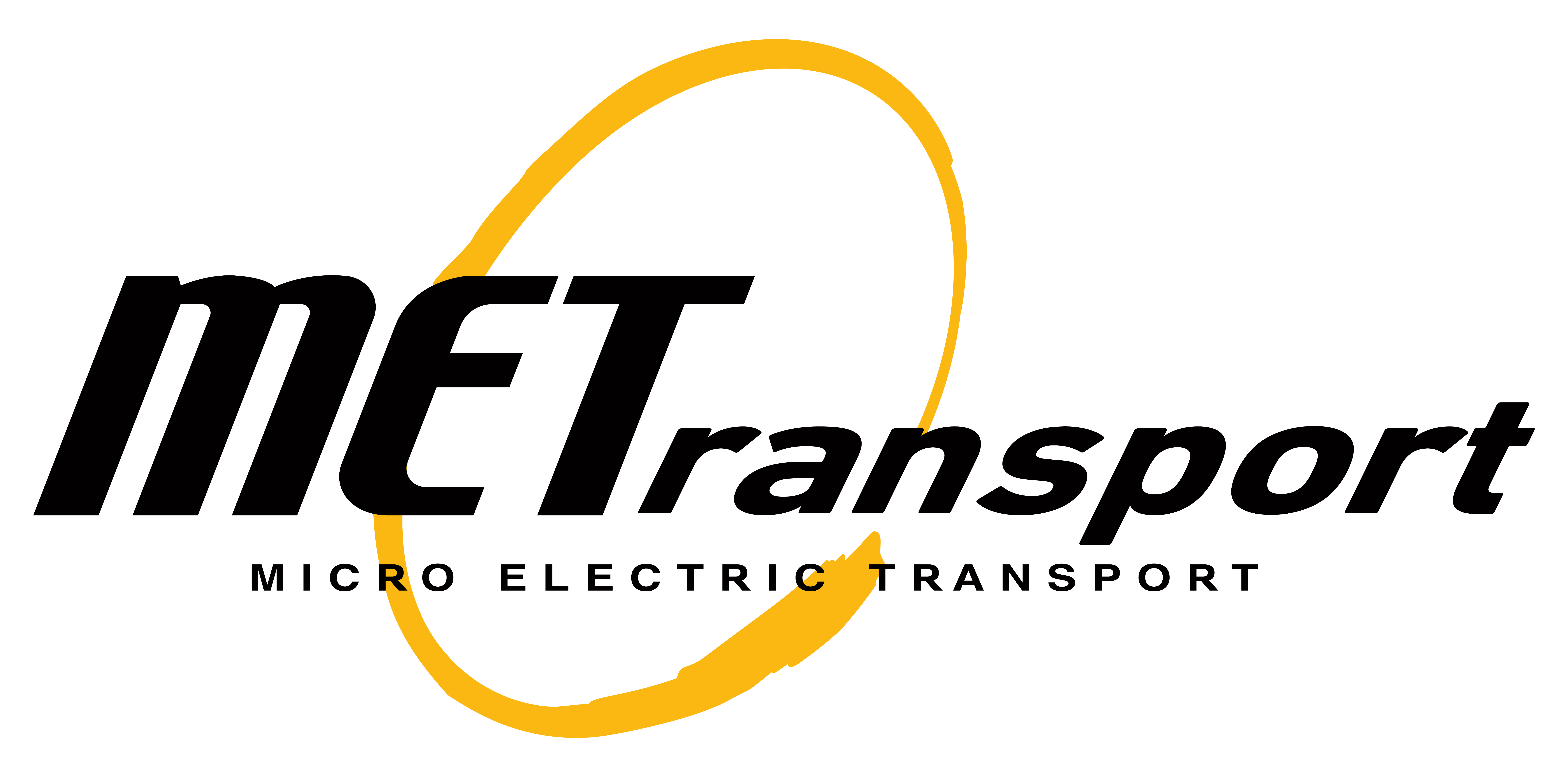Managers must weight cost, logistics considerations when making the transition from gasoline-powered machines.
By Elbert Walters III| Contributing Writer
Managers must weight cost, logistics considerations when making the transition from gasoline-powered machines.
Electric vehicle (EV) technologies have a number of benefits but they also raise new questions and challenges for utility fleet managers. Questions like, “How can I budget for this big expense?” and, “What infrastructure will I need to charge these EVs?” and, “Are EVs powerful enough to handle the work I need to do?”
Many organizations have already taken the plunge. Amazon first revealed its electric delivery van in 2020 and, as of November 2022, there were more than 1,000 on the road. Package delivery and courier company DHL plans to operate 70 percent of its first- and last-mile delivery services with clean transport modes by 2025. This includes electric delivery vans, as well as e-bikes and e-trikes. Other big companies like Comcast, Frito-Lay and IKEA are all in the midst of their transitions to electric utility vehicles (EUVs). Broadly, institutional and commercial facilities are using EVs for a range of tasks like maintaining grounds, moving tools and infrastructure.
As a trained electrician and executive director of Powering Chicago, an electrical industry labor-management partnership between the IBEW Local 134 and the Electrical Contractors Association of Chicago and Cook County, I’m asked these questions frequently — and for good reason. Powering Chicago’s highly skilled electricians and contractors are at the forefront of the transition to EV because they represent the most highly trained workforce in the installation of electric vehicle supply equipment (EVSE), commonly known as EV charging stations.
Benefits of EUVs
For most grounds managers, saving money on fuel and maintenance is an attractive idea. If you maintain a fleet, EUVs can cost up to 40 percent less to maintain than gasoline-powered vehicles. Additionally, the cost of electricity required to drive 15,000 miles can average 70 percent less than the cost of gasoline. Depending on your facility type, there’s the reputational benefit of being known as a facility that prioritizes renewable energies. Lastly, because EVs have no emissions, they are cleaner and quieter, which benefits employee health and safety.
For some facilities, the transition to EV is becoming less of a question of “if” and more of a question of “when.” In August 2022, California became the first state to issue a phase-out of gasoline-powered vehicles. The plan imposes a 2035 deadline for banning the sale of all new gasoline-powered cars and passenger trucks. Now, there are 11 other states that have plans to phase out gas-driven cars by 2035. Managers of facilities in one of these states should start planning their transition to EVs now.
Budgeting
Though the eventual cost savings can be significant, the upfront costs can be high, too. Between the initial equipment purchase and investing in the charging infrastructure, the move to EV utility vehicles will require financial planning. Start by consulting chief financial officers or other relevant financial counsel who can help work through the financial planning process and set expectations for a realistic transition.
The U.S. Department of Transportation also offers a number of free tools that help business owners financially plan for this transition. Their online toolkit includes calculators and software, datasets and maps, and additional guidance and reference. Specifically, the Dashboard for Rapid Vehicle Electrification Tool helps users compare their existing conventional fleet vehicles with EV alternatives. Users can customize the market, charging and procurement settings to explore different scenarios.
A conversation about budgeting for the transition to EV can’t be had without mentioning the numerous rebates and incentives available. In Illinois for instance, the Climate and Equitable Jobs Act is offering incentives that provide up to 80 percent off the cost of installation for charging stations. Visit the U.S. Department of Energy’s database to take advantage of relevant incentives and laws related to alternative fuels.
Establish the infrastructure
Vehicle selection is just part of the equation. Managers need to choose the right infrastructure to support EUVs. The best and easiest thing you can do to navigate this process with ease is to find a qualified electrical contractor through the National Electrical Contractors Association (NECA) search tool. And, if you’re in the Chicagoland area, visit Powering Chicago’s find a contractor tool. A qualified local contractor will be able to walk managers through the process, the many considerations, and serve as a consultant for what approach makes the most sense in their organization.
Though there are many important factors, one of the most important things that a trusted contractor will advise is to plan for the longer-term. Planning for electrical capacity that allows for future expansion will provide cost savings down the road. Another key point is to consider networking charging stations on a smart system. This will enable cost-savings through load shifting (charging during low-use/off-peak times of day when electric rates are cheaper) and peak shaving (reducing the power flow to recharge batteries). This is especially important for organizations with large EUV fleets.
No matter your location or industry, you’d be wise to consider the benefits of EUVs. Or, if some of your fleet is already EV, it might be a great time to consider growing an electric fleet. The technology is here and the push is underway to transition away from gas-powered vehicles. Start planning today for a smooth transition.
Elbert Walters III is trained as an electrician at the IBEW-NECA Technical Institute in Alsip, Illinois, and now represents the electrical construction industry as the executive director of Powering Chicago.

